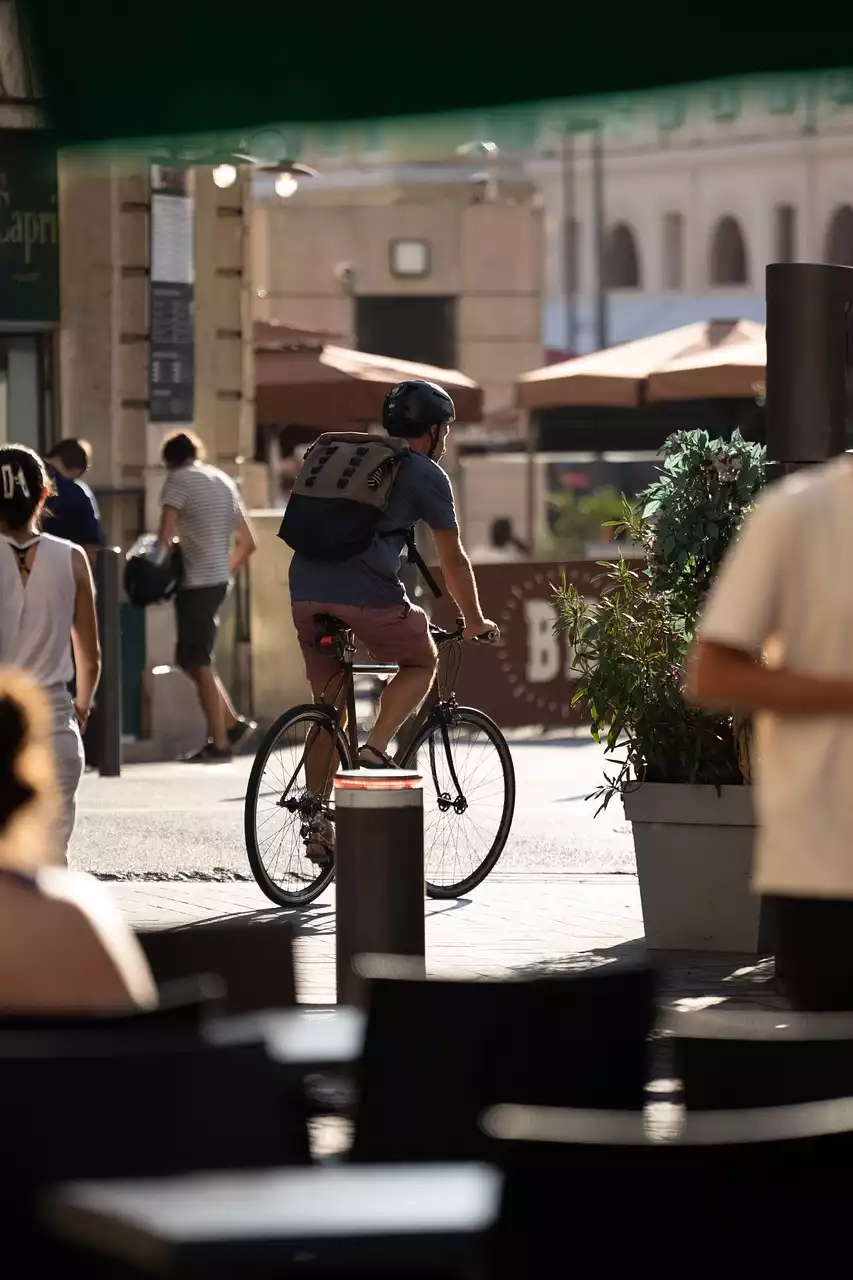The Benefits of Urban Cycling
Cycling is a great way to get around, and the benefits of urban cycling are numerous. For starters, cycling is a great form of exercise that can help keep you healthy and fit. Cycling is also an eco-friendly mode of transportation that can help reduce your carbon footprint and contribute to a cleaner, greener environment. Additionally, cycling is often faster than driving in congested urban areas, and it can save you money on gas and parking fees. Finally, cycling is a great way to explore your city and discover new places that you might not have seen otherwise.
However, despite these benefits, urban cycling can be challenging. From dangerous road conditions to aggressive drivers, there are many obstacles that cyclists face on a daily basis. That's why advocacy and infrastructure are so important for promoting urban cycling.
The History of Urban Cycling Advocacy
The history of urban cycling advocacy can be traced back to the late 19th century, when cycling was first becoming a popular mode of transportation in cities. At the time, cycling was seen as a solution to the problem of horse manure on city streets, and many people saw cycling as a cleaner and more efficient way to get around. However, as cars became more popular in the early 20th century, cycling began to decline in popularity, and many cities began to prioritize car traffic over other modes of transportation.
In the 1970s, urban cycling advocacy began to gain momentum once again, as people became more concerned about the environment and the negative impact of cars on urban areas. The first bike lanes were established in the Netherlands in 1976, and other countries soon followed suit. Today, urban cycling advocacy is more important than ever, as cities around the world work to promote cycling as a sustainable and healthy mode of transportation.
The Role of Infrastructure in Promoting Urban Cycling
One of the most important aspects of urban cycling advocacy is infrastructure. In order to promote cycling as a viable mode of transportation, cities need to invest in infrastructure that supports cycling. This includes things like protected bike lanes, bike parking facilities, and bike-sharing programs.
Protected bike lanes are particularly important for promoting urban cycling, as they provide a safe and separate space for cyclists to ride. These lanes are usually separated from car traffic by a physical barrier, such as a curb or bollards, and they can help reduce the risk of accidents and injuries for cyclists. Additionally, bike parking facilities are essential for encouraging people to cycle, as they provide a safe and convenient place for cyclists to park their bikes.
Bike-sharing programs are also becoming increasingly popular in cities around the world. These programs allow people to rent bikes for short periods of time, usually for a small fee. Bike-sharing programs are a great way to encourage people to try cycling, as they provide a low-cost and convenient option for getting around.
Case Studies of Successful Urban Cycling Initiatives
There are many examples of successful urban cycling initiatives around the world. One example is the city of Copenhagen, which is often cited as one of the most bike-friendly cities in the world. In Copenhagen, cycling accounts for 41% of all trips, and the city has invested heavily in infrastructure to support cycling. This includes a network of protected bike lanes, bike bridges, and bike parking facilities.
Another example is the city of Bogotá, Colombia, which has implemented a successful weekly event called Ciclovía. During Ciclovía, the city closes off certain streets to cars and opens them up to cyclists and pedestrians. This event has been hugely popular in Bogotá, and it has helped to promote cycling as a fun and healthy activity for people of all ages.
The Impact of COVID-19 on Urban Cycling
The COVID-19 pandemic has had a significant impact on urban cycling. With many people avoiding public transportation, cycling has become a popular alternative for getting around. In fact, many cities around the world have seen a surge in cycling during the pandemic. For example, in New York City, cycling increased by 67% in May 2020 compared to the same month in 2019.
However, the pandemic has also highlighted the need for better infrastructure and advocacy to support urban cycling. With more people cycling, there is a greater need for protected bike lanes and other cycling infrastructure to ensure that cyclists can ride safely. Additionally, there is a need for greater advocacy to promote cycling as a viable and sustainable mode of transportation.
Future Trends in Urban Cycling Advocacy and Infrastructure
Looking ahead, there are many exciting developments in urban cycling advocacy and infrastructure. Cities around the world are investing in new infrastructure to support cycling, and there are many innovative ideas being explored. For example, some cities are experimenting with "bike superhighways" that provide cyclists with a direct and safe route to their destination.
Additionally, there is a growing recognition of the need for equity in urban cycling. Historically, cycling infrastructure has often been concentrated in wealthier areas, leaving low-income communities and communities of color with little access to safe and convenient cycling options. However, there is a growing movement to promote equity in cycling infrastructure, and many cities are working to ensure that cycling is accessible to everyone, regardless of their income or background.
How Individuals Can Support Urban Cycling Advocacy
If you're interested in supporting urban cycling advocacy, there are many ways to get involved. One of the most important things you can do is to advocate for better cycling infrastructure in your community. This might involve contacting your local government officials and urging them to invest in cycling infrastructure, or it might involve joining a local advocacy group that works to promote cycling.
Additionally, you can support cycling by choosing to ride your bike instead of driving or taking public transportation whenever possible. By cycling, you can help reduce traffic congestion and air pollution, and you can also set a positive example for others in your community.
Finally, you can support urban cycling advocacy by staying informed about the latest developments in cycling infrastructure and advocacy. By staying informed, you can be a more effective advocate for cycling, and you can help promote cycling as a sustainable and healthy mode of transportation.








